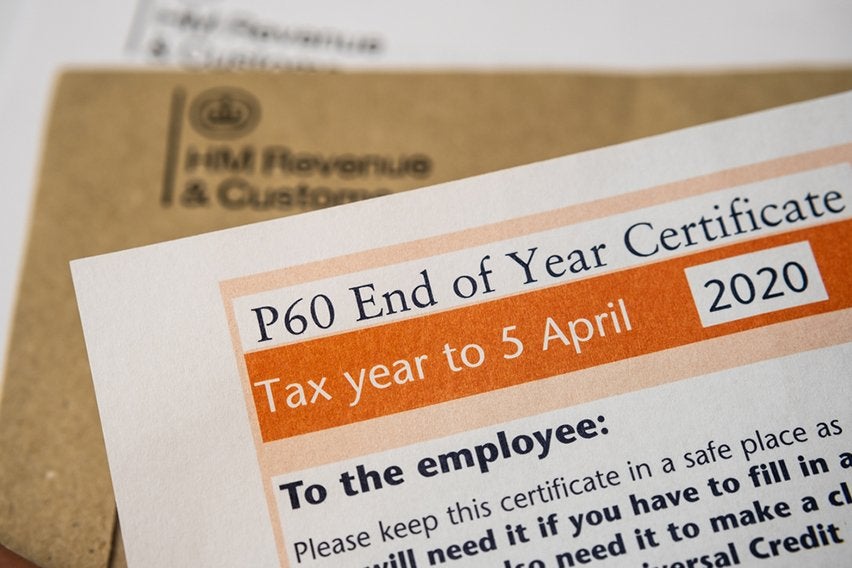What Is Pro Rata? Definition, Example & Calculation

Chances are at some point in the past you have spent some time searching through various job postings. You want to find the role that suits you best and one that you’re passionate about. But you also want to make sure that you are properly compensated for the work you do.
So, you may have seen some job postings that specify a pro rata salary for the role. However, if you aren’t sure what pro rata means, then the outlined salary could be misleading. How does pro rata work and how can you calculate it?
Here is everything that you need to know.
Here’s What We’ll Cover:
How Can You Calculate a Pro Rata Wage?
What Is Pro Rata?
Pro rata is a Latin term that means proportional. It’s used fairly often in business to help determine the right wages for employees. Pro rata is basically about distributing something with proportional allocation.
A pro rata wage is used to help calculate the amount that you would have earned if you were in a full-time role. When it’s all said and done, the pay that you receive ends up being proportional compared to the wage of someone else who works more hours.
Think about it by comparing two colleagues. Both roles were advertised with a full-time salary of £35,000 per annum. But one role is calculated on a pro rata basis since it only requires 25 hours per week. And that’s compared to the other colleague who will work the full 40-hour workweek.
So one colleague would earn the full per annum salary based on 40 hours a week. The other colleague would get paid a proportion of that based on the number of hours worked. Which would equal around £19,000 per annum.

How Can You Calculate a Pro Rata Wage?
There are a few different ways you could go about calculating a pro rata wage. But one of the simplest ways to do it is to divide the annual salary amount by the total number of full-time hours. You would then multiply that number by the pro rata hours.
It would look something like this:
An annual salary of £35,000 divided by 40 full-time hours = 875
25 pro rata hours x 875 = £21,875
This is a simple way to calculate pro rata and it’s a good way to help roughly estimate your earnings. However, it might not always be the most accurate way of calculating pro rata. To break it down even further, you can think of pro rata as a wage instead of a per annum salary.
In this instance, to figure out the hourly rate of pay the calculations would look something like this:
£35,000 salary divided by the 52 weeks in a year = £673 per week in wages
£673 weekly wage divided by 40 full-time hours per week = £16.80 in hourly pay
What About Pro Rata Holiday Entitlement?
One of the main things to consider when determining pro rata holiday entitlement is the date you start working. For example, it can get a little more complicated to figure out if you start working mid-year. You can still roughly calculate the amount of time you will have off, you just need to know how many months are left in the working year.
5.6 is the statutory minimum holiday time that an employee must receive. The good news is it’s simple to calculate your holiday entitlement, you just need to know how many days you work per week. You then multiply those days worked per week by 5.6.
Let’s say you work 4 days per week, for example.
4 days worked per week x 5.6 statutory holiday time = 22.4
Most employers will round that number up or down to make it even. In this case, you could expect to have roughly 22 holiday days per year. You can use this calculation if you’re a part-time employee or full-time.

Key Takeaways
It all depends on the needs of each business but some employers will offer pro rata salaries. This could have to do with staying within budget or tax contributions. The company plan could also outline only needing to hire someone for a shorter duration. But still offer the same level of pay compared to a full-time employee.
With pro rata, it’s used to determine and calculate the earnings that you would receive if you were in a full-time role. The idea is to offer a proportional wage compared to someone who works more hours per week. As well, it’s important to remember that regardless of being full-time or pro rata, you still receive the same benefits.
There’s government legislation that says part-time workers need to receive the same perks and benefits as those who work full time. So even if you are working fewer hours you are still eligible for any pensions or bonus schemes offered to full-time employees.
It’s a simple calculation to figure out your pro rata amount. You just need to have the annual salary, the normal full-time hours and the number of hours that you will work. Divide the salary by the full-time hours, and then multiply that number by the number of hours you will work per week. You will be left with your pro rata salary.
Did you enjoy reading this guide? Head over to our resource hub for more great content!
RELATED ARTICLES

 What Is Inheritance Tax on the Estate? A Guide
What Is Inheritance Tax on the Estate? A Guide How to Avoid Inheritance Tax: 10 Simple Ways
How to Avoid Inheritance Tax: 10 Simple Ways How Much Can You Earn Before Tax? Income Tax & Allowance Calculator
How Much Can You Earn Before Tax? Income Tax & Allowance Calculator What is a P60 Form and How Do You Get One?
What is a P60 Form and How Do You Get One? What Is Furlough Pay? A Complete Guide
What Is Furlough Pay? A Complete Guide How to Pay Corporation Tax?
How to Pay Corporation Tax?